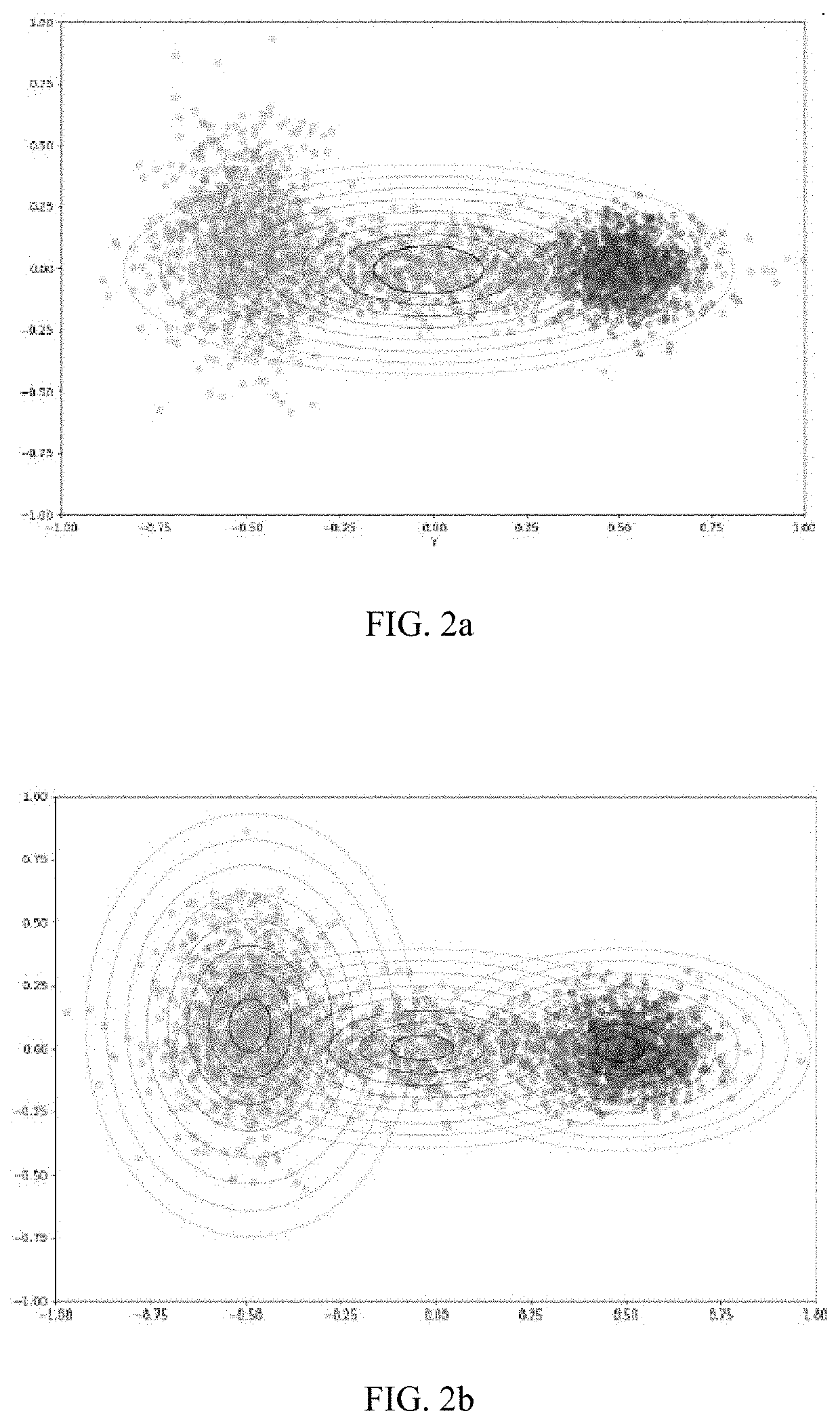Learning Method of Generative Adversarial Network with Multiple Generators for Image Denoising
a learning method and adversarial network technology, applied in image enhancement, image analysis, instruments, etc., can solve the problems of increasing ct image noise, ldct image denoising still has inherent defects, and ct image denoising can be improved, so as to accelerate network training and enhance the robustness of training models.
- Summary
- Abstract
- Description
- Claims
- Application Information
AI Technical Summary
Benefits of technology
Problems solved by technology
Method used
Image
Examples
Embodiment Construction
[0031]1. Generative Adversarial Network (GAN)
[0032]The generative adversarial network estimates the generative model through an adversarial process. The GAN network trains a pair of competition models at the same time: a generative model (G) which synthesizes the potential distribution of real data, and a discriminative model (D) which calculates the possibility that samples come from the real data rather than from the samples generated by the generative model (G). However, the loss function of GAN is in the form of Jensen-Shannon (JS) divergence, which is not persistently related to the parameters of the generator. Such an unreasonable measure leads to two serious problems in the process of GAN training: unstable gradient and mode collapse, which are also the root causes for the instability of GAN training Therefore, Wasserstein-GAN (WGAN) replaces other popular distance measures by Earth-Mover (EM). The EM distance is continuous and differentiable almost everywhere. The WGAN funct...
PUM
 Login to View More
Login to View More Abstract
Description
Claims
Application Information
 Login to View More
Login to View More - R&D
- Intellectual Property
- Life Sciences
- Materials
- Tech Scout
- Unparalleled Data Quality
- Higher Quality Content
- 60% Fewer Hallucinations
Browse by: Latest US Patents, China's latest patents, Technical Efficacy Thesaurus, Application Domain, Technology Topic, Popular Technical Reports.
© 2025 PatSnap. All rights reserved.Legal|Privacy policy|Modern Slavery Act Transparency Statement|Sitemap|About US| Contact US: help@patsnap.com



